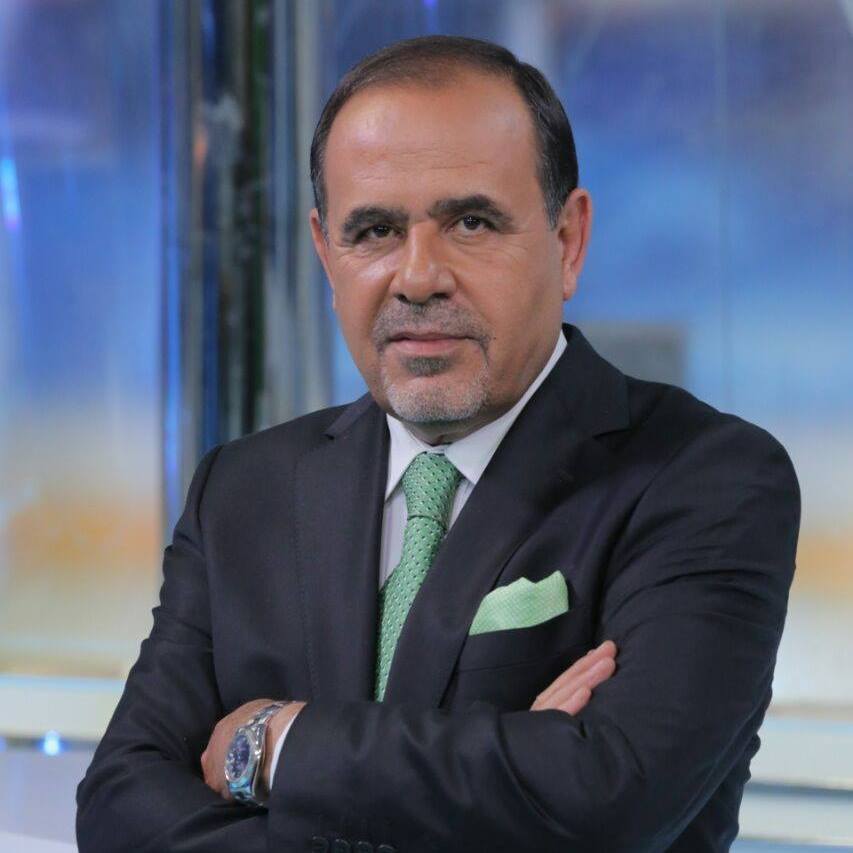Abu Bakr Al-Baghdadi has been killed. This time there is no doubt about the authenticity of the news of his death. The man had been pronounced dead and then alive again at least seven times before this apparently confirmed report. According to US President Donald Trump, the self-appointed caliph died in a dark tunnel after using his wives and children as shields and blowing himself up; he died as a frightened coward, with screams louder than the noise of bullets. Trump has promised to release videos showing the whole operation and the last minutes of the man’s life; the man whose name is synonymous with terrorism and savagery.
From the press conference of the US President, it is clear that multinational intelligence backup was behind the operation: Iraq, the Kurds, Turkey, Russia and even Syria, which Trump did not exclude from the list of collaborators at different stages. There are many details that are not yet known, and may never be known, but the questions surrounding Baghdadi’s presence in Idlib are as important as those about the details of the operation: how was intelligence gathered; where and how was it carried out; and with whose help?
Idlib is the last place that anyone would have thought about when looking for the Daesh leader. Why did he flee there? Why did he choose the Guardians of Religion Organisation and take refuge in the house of one of its leaders, Abu Baraa Halabi? And how is it possible for the adversary of Al-Qaeda and its successor, an enemy of Al-Nusra Front, to trust a group that had separated from the Golani and made a deal with Ayman Al-Zawahiri? How did Baghdadi get there and with whose help? Did he move from the far east of Syria to the far west, bypassing checkpoints set up by the Kurds, the Syrian army, Russian patrols and Al-Nusra; or did he come through Turkey, before settling a few kilometres from its border with Syria?
READ: After Baghdadi death, Nobel laureate Nadia Murad asks: What about the rest?
Was Baghdadi looking to save himself and his family? According to Trump, the man who died a cowardly death could have been thinking this way. However, it is logical to assume that his decision to place himself in the hands of his ideological opponents may have been the outcome of intellectual, political and organisational negotiations. He and the Guardians of Religion Organisation could have been about to launch a new jihadist-terrorist wave, offsetting the heavy losses of the caliphate and the difficulties affecting Al-Qaeda in Idlib, which has been facing defeat lately.
Perhaps he was there to exploit the need of local and regional parties to strengthen the Idlib front, which was visited recently by Syrian President Bashar Al-Assad, who vowed to deny it the status of a Turkish outpost and to retake the province as a top priority. Maybe Baghdadi went to Idlib to offer his services and those of the remaining Daesh fighters, including the recently escaped prisoners, to confront the Russian-Syrian enemy lurking in the last strongholds of “jihadists”. What took him to Idlib, and how did he get there?
Baghdadi is dead and gone, but Daesh certainly is not. Osama Bin Laden and his son Hamza were both killed, but Al-Qaeda is not finished; on the contrary, it appears to be growing and reappearing under numerous names. Abu Musab Al-Zarqawi died in 2006, but his spirit lived on in Daesh; Baghdadi carried his legacy and developed it, adding more brutality and blood. Can we, therefore, think even for one moment that Daesh died along with Abu Bakr Al-Baghdadi?
Translated from Alwatanvoice, 29 October 2019
The views expressed in this article belong to the author and do not necessarily reflect the editorial policy of Middle East Monitor.











